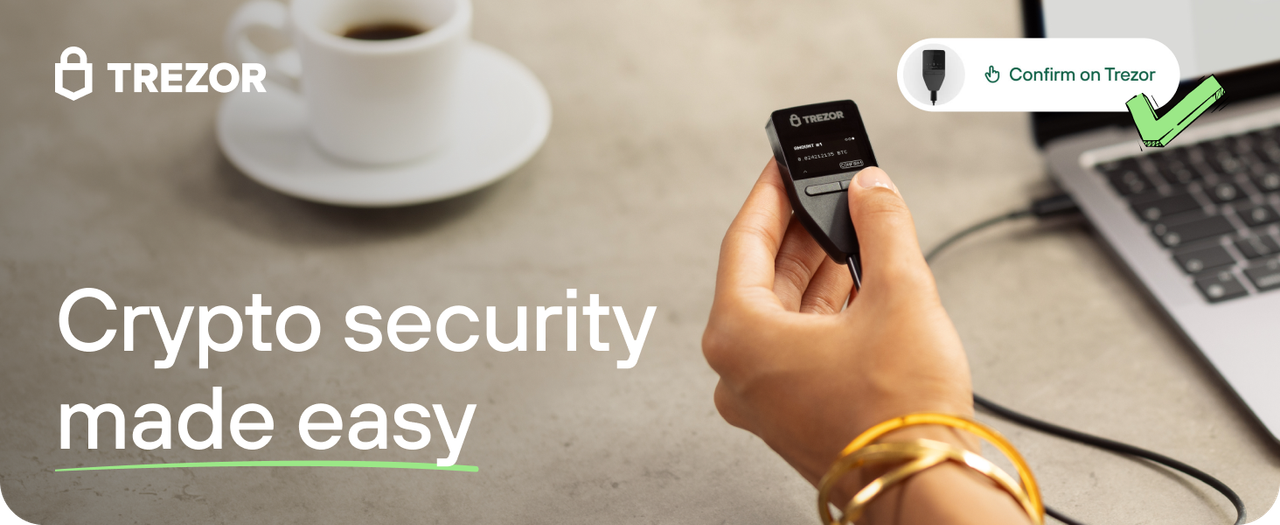Welcome to the Trezor wallet onboarding guide. This page walks you through each step to set up your device securely and confidently.
Begin by visiting the official onboarding URL: trezor.io/start — this is the gateway to your guided setup and the firmware and software you will need.
Unbox your Trezor device and inspect the packaging. Ensure the tamper-evident seal is intact and the box contents match what the official site lists.
Connect the device to your computer or mobile device following the manufacturer instructions. The guided flow at trezor.io/start will detect your model and provide the correct firmware and steps.
Next, install the recommended software. Follow the prompts on the official onboarding page and in the Trezor Suite or compatible web interfaces.
When prompted, update the device firmware to the latest official release. Firmware updates are signed by Trezor and ensure your device has the latest security fixes and features.
Create a new wallet when the device prompts you. The device will generate a seed phrase — this is the single most important piece of information for your wallet recovery.
Write the seed phrase down on the provided recovery card or another durable medium. Do not take photos of the seed, do not store it in cloud storage, and never share it with anyone.
Confirm the seed on the device when requested. This ensures that the device and your physical backup match and that you have recorded it correctly.
Set a PIN code on the Trezor device. A PIN adds a separate device-level layer of protection in case your Trezor is lost or stolen.
Familiarize yourself with the device screens and the way transactions are reviewed and approved on-device. Always confirm every detail on the physical device before approving transactions.
Learn how to use the Trezor Suite (or compatible wallet app). The suite helps you receive, send, and manage multiple crypto assets while providing additional security warnings and features.
Enable optional security features such as passphrases if you understand the implications. A passphrase creates a hidden wallet derived from your seed — it is powerful but must be managed carefully.
Test a small transaction first. Before sending large amounts, try receiving and sending a small test amount to verify the flow and confirm you understand each step.
Store your recovery backup securely. Consider a safe, a safety deposit box, or another secure, fire- and water-resistant storage location.
Keep your device firmware and software up to date. Trezor regularly publishes improvements — use the official channels and the onboarding portal to check for updates.
Record emergency instructions for a trusted contact if desired. Provide only the information they absolutely need and store it securely. Never share seed details casually.
If you plan to use advanced features or multiple accounts, read the documentation and follow best practice guides. The official onboarding flow and knowledge base provide step-by-step references.
Understand how recovery works. With only your recovery seed and optional passphrase, you can restore funds on a compatible hardware wallet if your device is lost or damaged.
Be aware of social engineering and phishing threats. Always confirm you are on the official site and never reveal your seed, PIN, or passphrase to anyone claiming to be support.
Use strong operational security: keep your recovery seed offline, avoid entering recovery words into websites or apps, and treat the seed as the highest-value secret you control.
Consider splitting your recovery into multiple secure locations if you manage large sums. Distribute risk but ensure each share is protected and that you can reconstruct the seed when needed.
Review the official troubleshooting and recovery pages at trezor.io/start if you run into errors — the guided flow contains diagnostic steps and official support links.
Document the date you set up the device and the firmware version for your records. This helps with support interactions and audits over time.
For multi-user or corporate use cases, follow an organizational security policy and consider professional custody or multisig solutions to reduce single points of failure.
Remember, the combination of device, firmware, PIN, seed, and passphrase (if used) form your full security posture. Manage each carefully.
If you ever need to migrate to a new Trezor device, use the official restore process. Never input your seed into third-party tools that are not trusted or verified.
Finally, keep learning. The crypto landscape evolves quickly — staying informed about secure practices and official software updates is essential to protect your holdings.
This guide provides a concise onboarding checklist that mirrors the flow you will experience at trezor.io/start. Use the official onboarding page, follow the device prompts, back up your recovery, and keep your login credentials and PIN private.
If you follow these steps line-by-line, you will complete a strong and resilient setup — ready to manage your crypto assets with a hardware-backed security posture.
